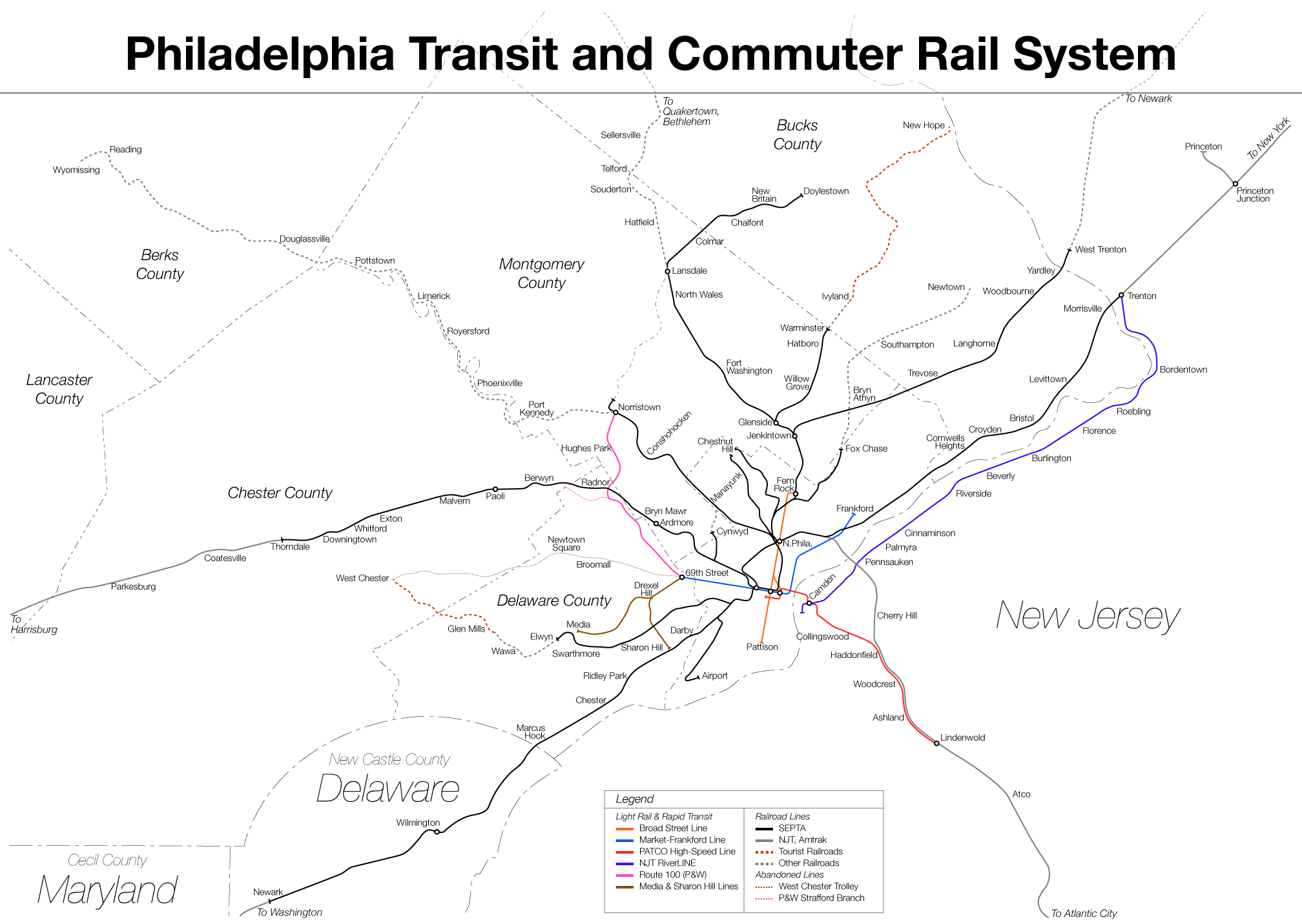|
Sorefame
Sorefame (an abbreviation of ''Sociedades Reunidas de Fabricações Metálicas'', meaning ''"Reunited Society of Metalwork Fabrications")'' was a Portugal, Portuguese manufacturer of railway rolling stock and industrial equipment, such as dam gates equipment. Established in 1943, the company was in the 1990s split into a rolling stock company, ''Nova Sorefame'', and a dam equipment company, ''Hidrosorefame''. Nova Sorefame became part of ABB Group, ABB's rail transport division, later Adtranz, and in 2001 part of Bombardier transportation and was closed in 2005. Hidrosorefame was acquired by Alstom Company history Sorefame was founded in 1943 and was capitalised using state funds but run as a private business. The company had two main product lines: railway equipment such as rolling stock, and equipment for hydro-electric reservoirs, such as dam gates. In 1987, Sorefame underwent restructuring with MOMPOR to form a new company ''Sociedade de Montagens Metalomecânicas'' (SMM) ... [...More Info...] [...Related Items...] OR: [Wikipedia] [Google] [Baidu] |
Amadora
Amadora (), officially Amadora City (), is a List of cities in Portugal, city and concelho, municipality in the northwest of the Lisbon metropolitan area and 10 km from central Lisbon. The population in 2011 was 175,136, in an area of 23.78 km2 (9.2 sq mi). It is the fourth biggest and most densely populated city in Portugal. History There is significant evidence of Neolithic settlements in the municipality. The Necropolis of Carenque consists of three artificial caves that served as tombs from around 3000 BCE. Amadora was originally named ''Porcalhota'', for being a Majorat of the daughter of a man surnamed ''Porcalho'' who was called for being a female ''Porcalhota''. The Aqueduto das Águas Livres, which brings water from the Sintra hills to Lisbon, and stretches , was finished in the 1770s and includes the largest masonry arch ever built, located in Campolide — the local coat of arms also displays the aqueduct (like others along its way). At the request of its pop ... [...More Info...] [...Related Items...] OR: [Wikipedia] [Google] [Baidu] |
Norristown High Speed Line
The M, formerly known as the Norristown High Speed Line (NHSL), is a interurban light rapid transit line in the SEPTA Metro network, running between the 69th Street Transportation Center in Upper Darby and the Norristown Transportation Center in Norristown, Pennsylvania. Service is operated by the Suburban Transit Division of the Southeastern Pennsylvania Transportation Authority. Originally the Philadelphia and Western Railroad line (which is why the line is referred to by locals as "the P&W"), the line runs entirely on its own right-of-way. By 2020, the M had an average weekday ridership approaching 11,000 passengers. The M is unique in its combination of transportation technologies. Originally chartered as a Class I (steam) railroad, the line is fully grade separated, collects power from a third rail, and has high-level platforms common to rapid transit systems or commuter rail systems such as New York City's Long Island Rail Road and Metro-North Railroad, but has onboar ... [...More Info...] [...Related Items...] OR: [Wikipedia] [Google] [Baidu] |
SEPTA
SEPTA, the Southeastern Pennsylvania Transportation Authority, is a regional public transportation authority that operates bus, rapid transit, commuter rail, light rail, and electric trolleybus services for nearly four million people throughout five counties in and around Philadelphia, Pennsylvania. It also manages projects that maintain, replace, and expand its infrastructure, facilities, and vehicles. SEPTA is the major transit provider for Philadelphia and four surrounding counties within the Philadelphia metropolitan area, including Delaware, Montgomery, Bucks, and Chester counties. It is a state-created authority, with the majority of its board appointed by the five counties it serves. Several SEPTA commuter rail and bus services serve New Castle County, Delaware and Mercer County, New Jersey, although service to Philadelphia from South Jersey is provided by the PATCO Speedline, which is run by the Delaware River Port Authority, a bi-state agency, and NJ Transit, w ... [...More Info...] [...Related Items...] OR: [Wikipedia] [Google] [Baidu] |
Chicago Transit Authority
The Chicago Transit Authority (CTA) is the operator of public transport, mass transit in Chicago, Illinois, United States, and some of its suburbs, including the trains of the Chicago "L" and List of Chicago Transit Authority bus routes, CTA bus service. In , the system had a ridership of , or about per weekday as of . The CTA is an Illinois Government agency, independent governmental agency that started operations on October 1, 1947, upon the purchase and combination of the transportation assets of the Chicago Rapid Transit Company and the Chicago Surface Lines streetcar system. In 1952, CTA purchased the assets of the Chicago Motor Coach Company, which was under the control of Yellow Cab Company founder John D. Hertz, resulting in a fully unified system. Today, the CTA is one of the three service boards financially supported by the Regional Transportation Authority (Illinois), Regional Transportation Authority and CTA service connects with the commuter rail Metra, and suburba ... [...More Info...] [...Related Items...] OR: [Wikipedia] [Google] [Baidu] |
2400 Series (CTA)
The 2400-series was a series of Chicago "L" cars built between 1976 and 1978 by Boeing-Vertol of Ridley Park, Pennsylvania, with shells fabricated by Sorefame. 200 cars were built (numbered 2401–2600) and on October 31, 2014, the series was retired from revenue service. These cars were in service for 38 years. History The 2400-series is the third of five series of Chicago "L" cars known as the High Performance Family. These cars were the first "L" cars built since the 4000 series of 1914 to feature sliding doors rather than the folding blinker doors featured on the other cars that were in service at the time, with wider doorways allowing the cars to accommodate wheelchair users. The 2400-series cars featured smooth steel exteriors as opposed to the corrugated exteriors of the previous series, as well as all-fiberglass end bonnets as opposed to the stainless steel end bonnets with fiberglass window/headlight masks found on the previous series cars. As delivered, the cars fea ... [...More Info...] [...Related Items...] OR: [Wikipedia] [Google] [Baidu] |
Boeing Rotorcraft Systems
Boeing Rotorcraft Systems (formerly Boeing Helicopters and before that Boeing Vertol) is the former name of an American aircraft manufacturer, now known as Vertical Lift division of Boeing Defense, Space & Security. The headquarters and main rotorcraft factory is in Ridley Park, Pennsylvania, a suburb of Philadelphia. Production of Apache attack helicopters in Mesa, Arizona, formerly part of Rotorcraft Systems, is now under the Global Strike Division of Boeing Military Aircraft. History Background Boeing Helicopters was created as Boeing Vertol when the Vertol Aircraft Corporation (formerly Piasecki Helicopter) company of Morton, Pennsylvania was acquired by Boeing in 1960; the Vertol name was an abbreviation for Vertical Take Off and Landing. Other names by which the division sometimes referred to itself in correspondence over the years were "Boeing Aircraft Company, Vertol Division" and "Boeing Philadelphia". The company was responsible for the design and production of ... [...More Info...] [...Related Items...] OR: [Wikipedia] [Google] [Baidu] |
CP Class 1900
The Série 1900 locomotives of Portuguese Railways are 13 diesel-electric locomotives built in 1981 for freight duties. Prior to electrification, coal trains were hauled by triple-headed Série 1900 locomotives inland from the Port of Sines. The locomotives were built by Sorefame Sorefame (an abbreviation of ''Sociedades Reunidas de Fabricações Metálicas'', meaning ''"Reunited Society of Metalwork Fabrications")'' was a Portugal, Portuguese manufacturer of railway rolling stock and industrial equipment, such as dam gat ... under licence from the French company Alsthom and are visually similar to SNCF Class CC 72000. They have a top speed of . References {{Nez Cassé locomotives Railway locomotives introduced in 1981 Co′Co′ locomotives Alstom locomotives Diesel–electric locomotives of Portugal Freight locomotives Iberian-gauge locomotives ... [...More Info...] [...Related Items...] OR: [Wikipedia] [Google] [Baidu] |
European Union
The European Union (EU) is a supranational union, supranational political union, political and economic union of Member state of the European Union, member states that are Geography of the European Union, located primarily in Europe. The union has a total area of and an estimated population of over 449million as of 2024. The EU is often described as a ''sui generis'' political entity combining characteristics of both a federation and a confederation. Containing 5.5% of the world population in 2023, EU member states generated a nominal gross domestic product (GDP) of around €17.935 trillion in 2024, accounting for approximately one sixth of global economic output. Its cornerstone, the European Union Customs Union, Customs Union, paved the way to establishing European Single Market, an internal single market based on standardised European Union law, legal framework and legislation that applies in all member states in those matters, and only those matters, where the states ... [...More Info...] [...Related Items...] OR: [Wikipedia] [Google] [Baidu] |
Carnation Revolution
The Carnation Revolution (), code-named Operation Historic Turn (), also known as the 25 April (), was a military coup by military officers that overthrew the Estado Novo government on 25 April 1974 in Portugal. The coup produced major social, economic, territorial, demographic, and political changes in Portugal and its overseas colonies through the Ongoing Revolutionary Process (''Processo Revolucionário em Curso''). It resulted in the Portuguese transition to democracy and the end of the Portuguese Colonial War. The revolution began as a coup organised by the Armed Forces Movement (, MFA), composed of military officers who opposed the regime, but it was soon coupled with an unanticipated popular civil resistance campaign. Negotiations with African independence movements began, and by the end of 1974, Portuguese troops were withdrawn from Portuguese Guinea, which became a UN member state as Guinea-Bissau. This was followed in 1975 by the independence of Cape Verde, ... [...More Info...] [...Related Items...] OR: [Wikipedia] [Google] [Baidu] |
Estado Novo (Portugal)
The ''Estado Novo'' (, ) was the Corporate statism, corporatist Portuguese state installed in 1933. It evolved from the ''Ditadura Nacional'' ("National Dictatorship") formed after the 28 May 1926 coup d'état, ''coup d'état'' of 28 May 1926 against the unstable First Portuguese Republic, First Republic. Together, the ''Ditadura Nacional'' and the ''Estado Novo'' are recognised by historians as the Second Portuguese Republic (). The ''Estado Novo'', greatly inspired by conservative and autocratic ideologies, was developed by António de Oliveira Salazar, who was Prime Minister of Portugal, President of the Council of Ministers from 1932 until illness forced him out of office in 1968. Opposed to communism, socialism, syndicalism, anarchism, liberalism and anti-colonialism, the regime was conservative, corporatist, and nationalist in nature, defending Religion in Portugal, Portugal's traditional Catholicism. Its policy envisaged the perpetuation of Portugal as a pluricontinenta ... [...More Info...] [...Related Items...] OR: [Wikipedia] [Google] [Baidu] |
António De Oliveira Salazar
António de Oliveira Salazar (28 April 1889 – 27 July 1970) was a Portuguese statesman, academic, and economist who served as Portugal's President of the Council of Ministers of Portugal, President of the Council of Ministers from 1932 to 1968. Having come to power under the ("National Dictatorship"), he reframed the regime as the corporatism, corporatist ("New State"), with himself as a dictator. The regime he created lasted until 1974, making it one of the longest-lived authoritarian regimes in modern Europe. A political economy professor at the University of Coimbra, Salazar entered public life as finance minister with the support of President Óscar Carmona after the 28 May 1926 coup d'état. The military of 1926 saw themselves as the guardians of the nation in the wake of the instability and perceived failure of the First Portuguese Republic, First Republic, but they had no idea how to address the critical challenges of the hour. Armed with broad powers to restructure ... [...More Info...] [...Related Items...] OR: [Wikipedia] [Google] [Baidu] |





